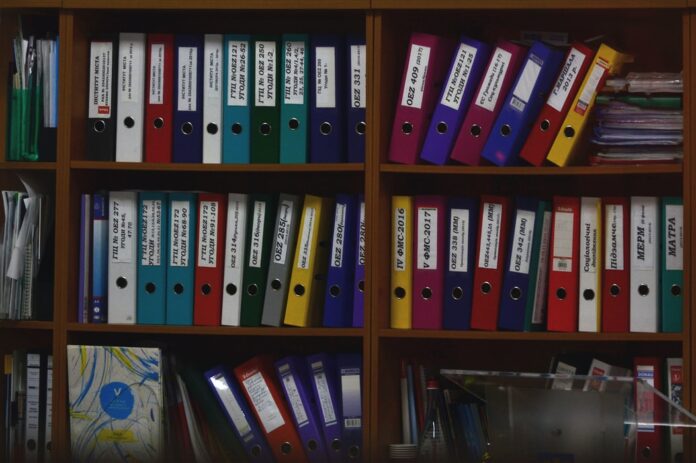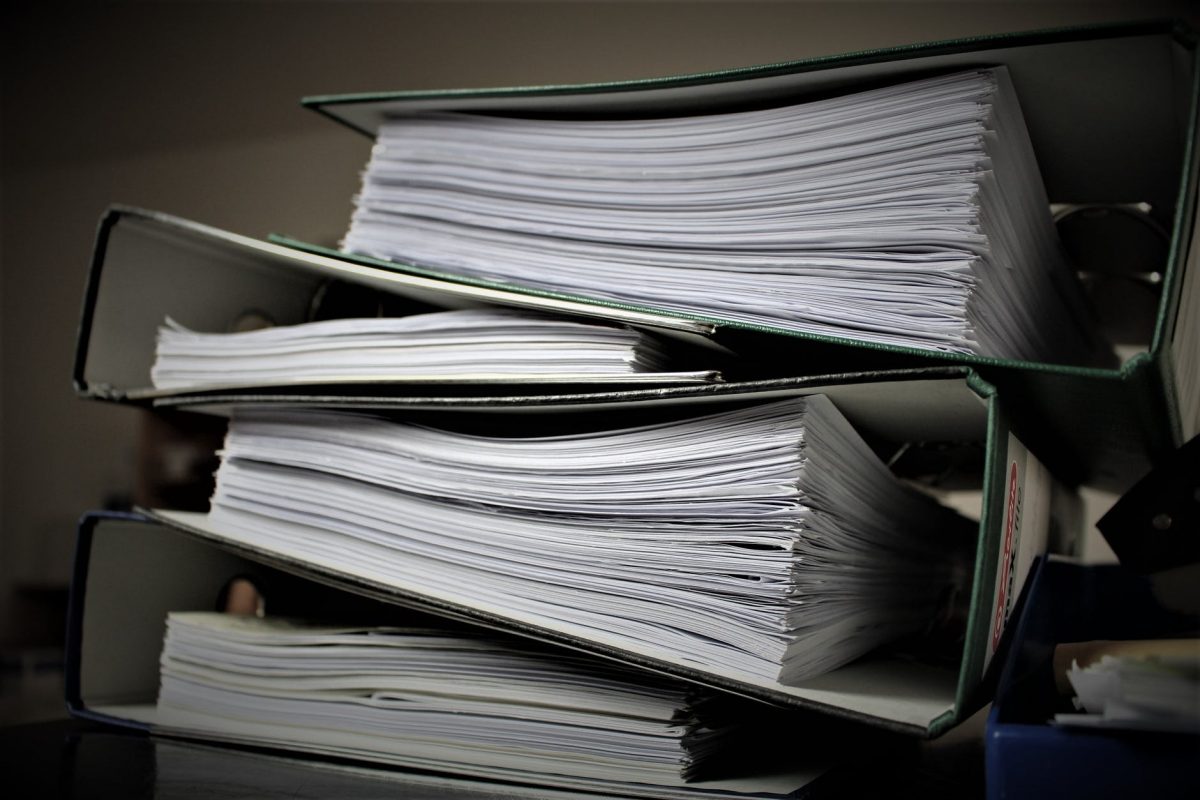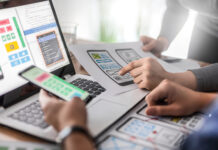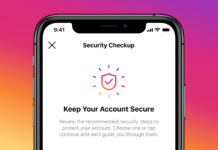
Going paperless can be one of the most beneficial things you can do to free up clutter and increase productivity in your life.
There seems to be a feud between the older and younger generations about the concept of paper. As a current college student, I know both my parents are proponents of saying that writing something down on a piece of paper is the best way to remember something. While there is scientific evidence that backs this statement, I will be the first to admit it’s been hard to see why they, like many other parents currently, still refuse to take notes, make lists, or solve problems on anything but paper.
Starting in middle school, every student was forced to have an Ipad with them to do everything – take notes in class, look at their schedule, and to the disappointment of the administration, play games. Ever since then, I have been a huge fan of doing all of my work, both personally and professionally, all without using paper.
As everyone is online due to COVID, every document has to be able to be shared and sent digitally. I know my parents are having trouble transitioning but for me and most people my age, it’s been relatively seamless. Here are some tips that have helped make my experience so frictionless.
Think you will miss the feeling of writing something down?

There are two crucial devices that will combine the muscle memory of writing down important information and having the ability to send whatever it is, instantly.
The first recommendation would be a tablet. I am most familiar with using an iPad. With apps like Evernote, Notability, or OneNote, you can seamlessly transition between written and typed notes, with the tap of a finger. Best of all, they can be saved, sorted, and sent much quicker than any piece of paper.
Despite this, some people don’t like the feel of writing on a glass screen, as there’s latency and a lack of friction that paper gives you. This is where an innovative company called Remarkable comes in. With their tablet, the display feels, looks, and acts like paper all while being able to convert handwritten notes to text. The device takes the best of both worlds and truly makes the act of writing something down enjoyable and organized.
I want the physical act of writing on a calendar or to-do list and crossing things off

There aren’t many things as satisfying as crossing off a whole to-do list for the day. But having notebooks, sticky notes, and papers laying around can be cluttered and inefficient. Going paperless with your calendars and to-do lists can increase your productivity with customizable reminders and notifications, along with many other features. Check blankcalendarpages.com as it can help you in arranging your tasks and increase productivity.
The pinnacle of calendar applications is by no question, Google Calendar. With easy event creation, color-coded structure, and modular design, this will single handedly make anyone who was on the physical calendar never go back to a physical calendar again.
As for to-do lists, there are a lot of options. My top three apps for to-do lists are Todoist, TickTick, and Things. Each of the applications pairs with your calendar and other programs like your email or Slack, to allow you to cross tasks off “Things”, in particular, has a beautiful design that makes accomplishing tasks just as satisfying as on paper, with more functionality.
I still want the feeling of having business cards

There is something so internally satisfying about handing out a business card, as it has been the most efficient and quickest way to exchange all sorts of information. However, fewer and fewer people carry them. But on the off chance that someone gives you one or you still have a stack of business cards, the question becomes – how do you digitize and manage these cards to fully become paperless?
An app called Covve digitizes these cards and stores them in their own proprietary AI-based contacts storage, where it functions much like a CRM but for your personal life. This can make all of these business cards disappear in a matter of minutes once you scan them all into the app. It even allows you to integrate these contacts with many of the programs listed above to truly eliminate all need for paper in your life.
A guide to minimalism

While many of our workspaces have become living spaces as well in the transition to home offices for remote working, minimalism by going paperless could be the sanity in your life as spaces become cluttered and multifunctional.
One word to best describe minimalism as a lifestyle movement would be intentional. Everything you spend time on has a clear purpose, whether its items, people, or activities. Here is a minimalist guide to becoming a minimalist in a paperless work world.
Living space

Whether it’s your living room, garage, or kitchen, there is a good chance these spaces also hinder your ability to be efficient and productive with your time. In terms of the kitchen, most people have duplicates of utensils and other equipment that can be sold or eliminated. If the kitchen exists solely to eat and survive, then eliminating everything that is not necessary will only increase productivity and free time.
For spaces that have become multifunctional, for example your dining room table that serves as the conference room, a paperless work environment means fewer things to move, lose, and create a mess with when transitioning between functions.
Habits

One of the most important aspects of minimalism is not only eliminating but gaining useful skills and habits that allow you to be productive and have the free time to do other activities you enjoy. It is important to eliminate the habits that don’t add to your life but also gain specific new ones that lead to minimalism.
There are many courses online that go into this more in-depth, most notably Matt D’avella, who has created the Slow Growth Academy. This is a minimalist approach to learning new habits and skills that result in the lifestyle change mentioned above.
One such habit to eliminate is searching through piles of paper to find what you are looking for. When notes, documents and contacts are digital, you can simply search by file title or key terms to find exactly what you need. Plus, it will save you from all the papercuts.
Electronic presence

Especially as we are all locked in our rooms during this time, our laptops and phones have become our lifeline to real life where we communicate with friends, co-workers, and significant others. Despite this great technology, social media usage and screen time has gone up significantly over the past 6 months.
Additionally, not being in person for work and at home has increased the chances of getting off task. Looking at your settings in your phone, sort apps by last used to declutter all unused applications. Set time limits on apps that distract you. Apps like Gemini Photos or Remo can declutter your photo storage.
Finally, staying in touch with friends, family, and co-workers can be a lot to manage, especially when you want to reach out consistently. A relationship management app can be a life saver in this area. Covve specifically uses AI and push-notifications to create an app experience to manage both work and personal contacts.
There is no need to set reminders and notes about certain people. Covve will automatically sort your contacts and notify you when it’s time to reach out or when an event in the news affects one of your contacts. Not only is this helpful in business but also personally. Put the digital solutions to work for you.
















